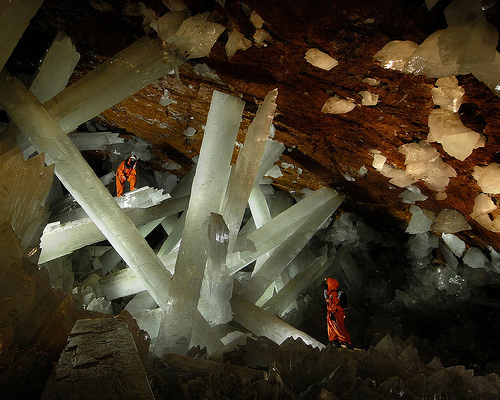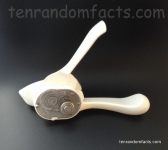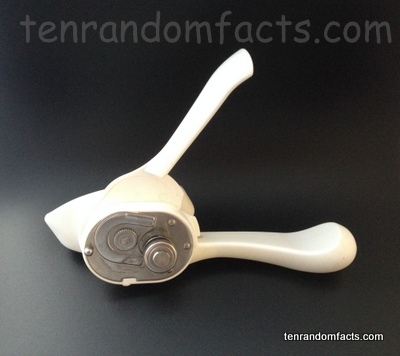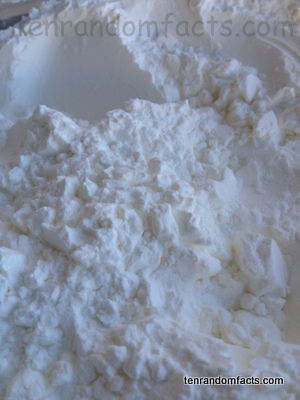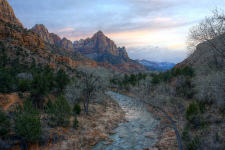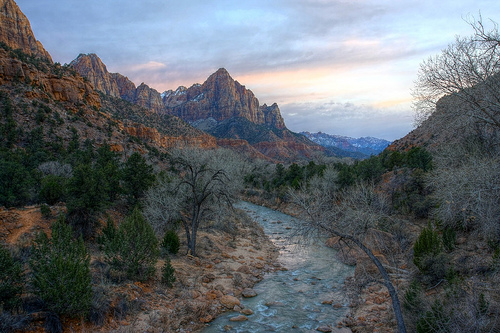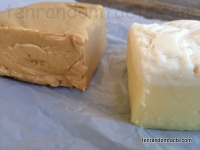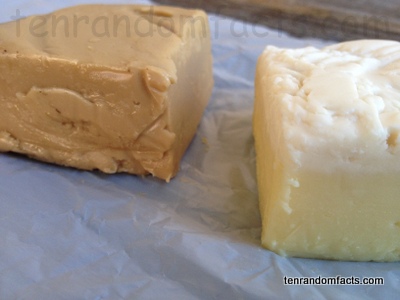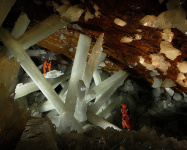
Giants do not live among crystals in Giant Crystal Cave – the crystals are the giants.
- Giant Crystal Cave is a cave located in the Naica Mine in Chihuahua’s Naica, in Mexico, in southern North America, at a depth of 300 metres (980 feet).
- ‘Giant Crystal Cave’ is also known as ‘Cave of the Crystals’, ‘Cave of Crystals’ and ‘Cave of Giant Crystals’.
- Giant Crystal Cave is the home to some of the largest natural crystals discovered on earth and the crystals are made of selenite, a type of gypsum.
- The largest crystal of Giant Crystal Cave is said to reach a length of 12 metres (39 feet), a diameter of 4 metres (13 feet) and is believed to weigh approximately 50 tonnes (55 tons).
- Giant Crystal Cave boasts very high temperatures, averaging 58°C (136°F) and has humidity above 90%, making the cave difficult and dangerous to explore.
Part of Giant Crystal Cave
Image courtesy of Julie Rohloff/Flickr
- Giant Crystal Cave is situated above a magma chamber, that emanates great heat, and due to the mineral rich water originally in the cave, the undisturbed environment and hydrothermal circulation, the huge crystals had the opportunity to form over thousands of years.
- Giant Crystal Cave was first discovered in the year 2000 while drilling tunnels in the mine, although the area is to said to have been drained of water since 1975; and while it is possible that the cave may be closed in the future, doing so will allow water levels to rise and the crystals to recommence growing.
- Giant Crystal Cave is generally only visited by scientists, such as the expedition in 2006 led by crystallographer Paolo Forti, of Italy’s University of Bologna, Europe, that required the invention of special suits.
- There are possibly more chambers connected to Giant Crystal Cave, however access would require the destruction of numerous crystals.
- Giant Crystal Cave is owned privately by Industrias Peñoles, a Mexican mining company that mines primarily zinc, silver and lead from the Naica Mine, and the site is not open to the public.
Bibliography:
Cave of the Crystals, 2014, Wikipedia, http://en.wikipedia.org/wiki/Cave_of_the_Crystals
Mexico’s Cave of Giant Crystals, n.d, Crystalink, http://www.crystalinks.com/mexicocrystals.html
Naica Mine, 2014, Wikipedia, http://en.wikipedia.org/wiki/Naica_Mine
Naica, 2014, Proyecto Naica, http://www.naica.com.mx/english/






